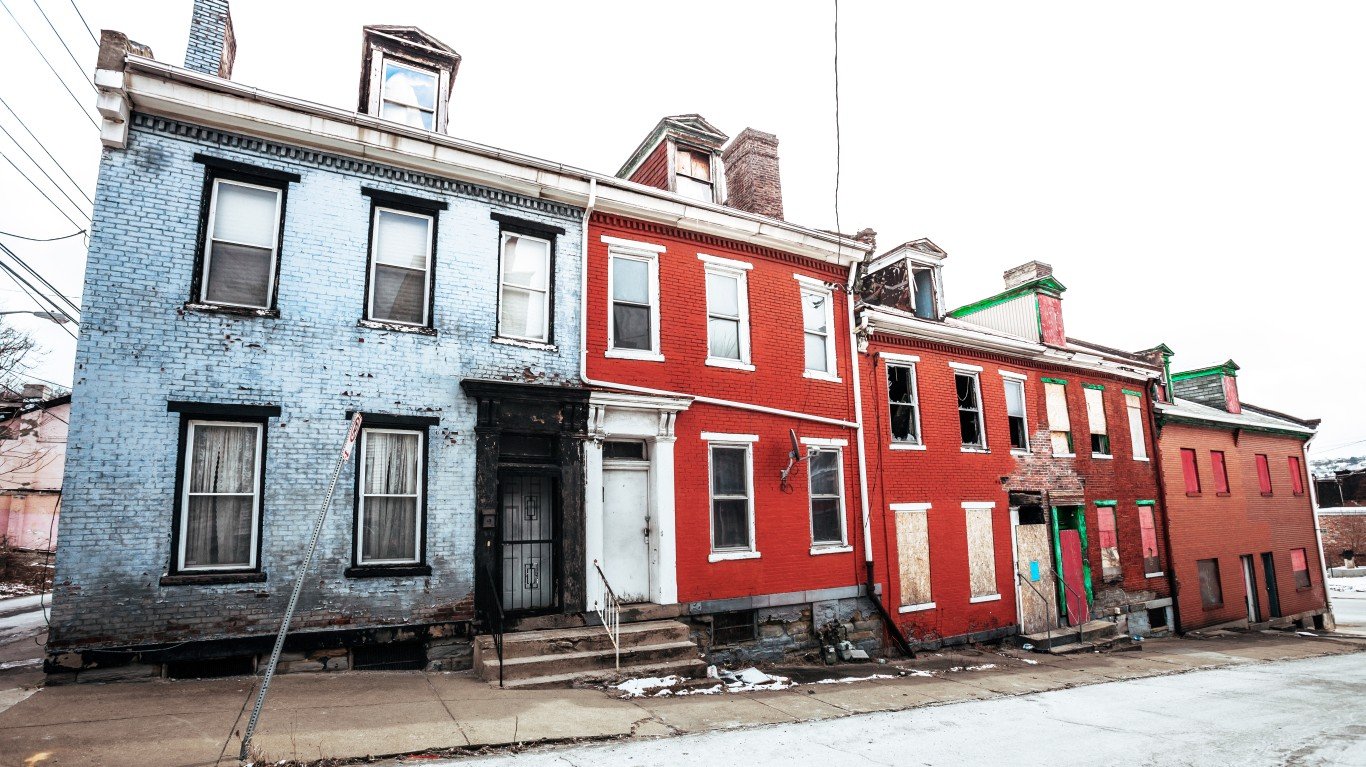 RealtyTrac, which puts out one of the most closely followed reports on national home foreclosures, said the rate of foreclosures reached the lowest level in 56 months during March. The first-quarter total was the lowest level since the fourth quarter of 2007. The research company also said the results were a false positive, and nothing that should cheer the market. The housing problem, now six years old, has not improved.
RealtyTrac, which puts out one of the most closely followed reports on national home foreclosures, said the rate of foreclosures reached the lowest level in 56 months during March. The first-quarter total was the lowest level since the fourth quarter of 2007. The research company also said the results were a false positive, and nothing that should cheer the market. The housing problem, now six years old, has not improved.
Foreclosure filings were reported on 198,853 U.S. properties in March. The RealtyTrac U.S. Foreclosure Market Report for the first quarter of 2012, which shows foreclosure filings — default notices, scheduled auctions and bank repossessions — were reported on 572,928 properties, down 2% from the previous quarter and down 16% from the first quarter of 2011.
RealtyTrac was quick to throw cold water on the numbers:
“The low foreclosure numbers in the first quarter are not an indication that the massive reservoir of distressed properties built up over the past few years has somehow miraculously evaporated,” said Brandon Moore, chief executive officer of RealtyTrac. “There are hairline cracks in the dam, evident in the sizable foreclosure activity increases in judicial foreclosure states over the past several months, along with an increase in foreclosure starts in many judicial and non-judicial states in March. The dam may not burst in the next 30 to 45 days, but it will eventually burst, and everyone downstream should be prepared for that to happen — both in terms of new foreclosure activity and new short sale activity.”
Special circumstances, in other words, make the situation look better than it is.
The real estate foreclosure figures in the United States cannot improve much when some of the largest states continue to have home markets in deep trouble. Foreclosure filings in California were on one of every 103 homes. In Michigan, the number was one in every 162, as well as one in 123 in Florida and one in 141 in Illinois. Nearly 30% of the U.S. population can be found in these states.
The RealtyTrac numbers should not be taken out of context. Other research shows the home market still has not found bottom. This includes the latest S&P/Case-Shiller report, which indicated that house prices in most major metropolitan areas continue to fall. Data from Corelogic shows about the same.
The headlines about the RealtyTrac data will center on the drop in foreclosure rates to multiyear lows. That is not really the message at all.
Douglas A. McIntyre
Essential Tips for Investing: Sponsored
A financial advisor can help you understand the advantages and disadvantages of investment properties. Finding a qualified financial advisor doesn’t have to be hard. SmartAsset’s free tool matches you with up to three financial advisors who serve your area, and you can interview your advisor matches at no cost to decide which one is right for you. If you’re ready to find an advisor who can help you achieve your financial goals, get started now.
Investing in real estate can diversify your portfolio. But expanding your horizons may add additional costs. If you’re an investor looking to minimize expenses, consider checking out online brokerages. They often offer low investment fees, helping you maximize your profit.
Thank you for reading! Have some feedback for us?
Contact the 24/7 Wall St. editorial team.



